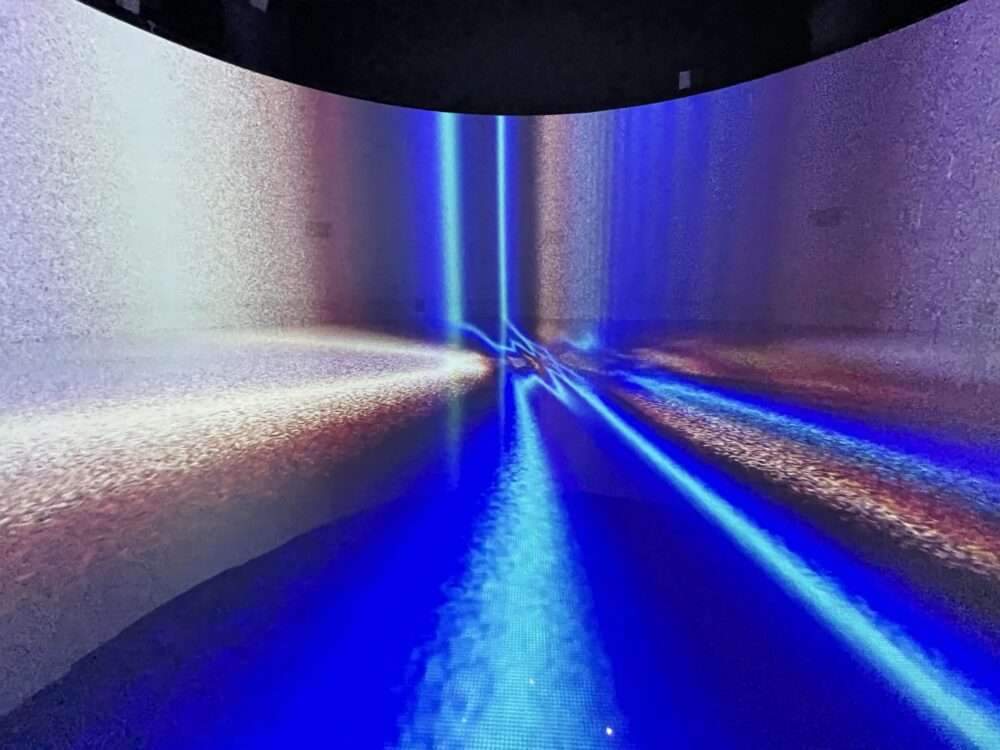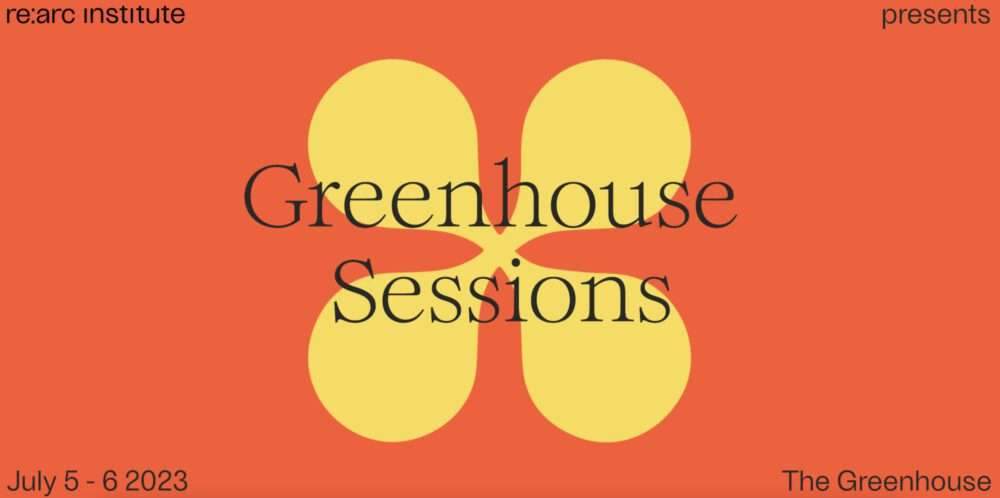Copenhagen Architecture Festival
Copenhagen Architecture Festival
Bringing life into focus. Over 11 festival days from 1-11 June, 3 exhibitions at Halmtorvet 27, and a wide range of digital dissemination initiatives, we rethink the relationship between form and life through new narratives, metaphors, and models of architecture and architectural production.
The germinating, wild ideas of our time, rooted in concepts such as regenerative design, bio-inclusive biomimetics, symbiotic co-creation, architectural asceticism, and do-democracy, will guide our programming. We will seek to expand our domestic discussion of future urban design, landscapes, and built environments; a necessary recalibration of our architectural imagination for the age of natural crises.
We know it’s time for new ideas. Also, We know it’s time for new consumption patterns and desires. We know that the notion of the architect as a brilliant designer and master builder of universal solutions stands in the way of a necessary re-reading of our buildings as habitats, our cities as ecosystems, and our architects as facilitators and advisors.
We know that we must become experts in life-form experience and form enhancement rather than design and redesign, and so we must dismantle our dualistic worldview; the ideas that maintain the rift that modernity has carved in our consciousness between cultural mastery and mastered nature, style and matter, human meaning and inhuman meaninglessness.
In short: We need to create new narratives, and frameworks and ask what it takes to make regenerative behaviors, desires, and ways of knowing to go viral, and how architecture can concretize ideals for a circular economy where multiple symbiotic communities can thrive across identity and species divides.
To promote regenerative and democratic architectural development, Copenhagen Architecture Festival believes that we must anchor our communication more locally, be more inclusive and become better at sensing and imagining the regenerative society instead of explaining it. We need to facilitate rather than lecture, intervene rather than describe, listen rather than drown out, and create narratives rather than explanations.
What if we could change our architecture by changing our understanding of architecture? What if we introduced a concept of form that inspired us to learn from life’s creation of form instead of reshaping nature for our excessive consumer ideals? And what if architecture had the will, knowledge, and practice to take the lead in communicating a new understanding of humanity’s position in the world by making new worldviews concrete, sensuous, and plausible realities?
We look forward to seeing you this summer!
Read more on Archup:







